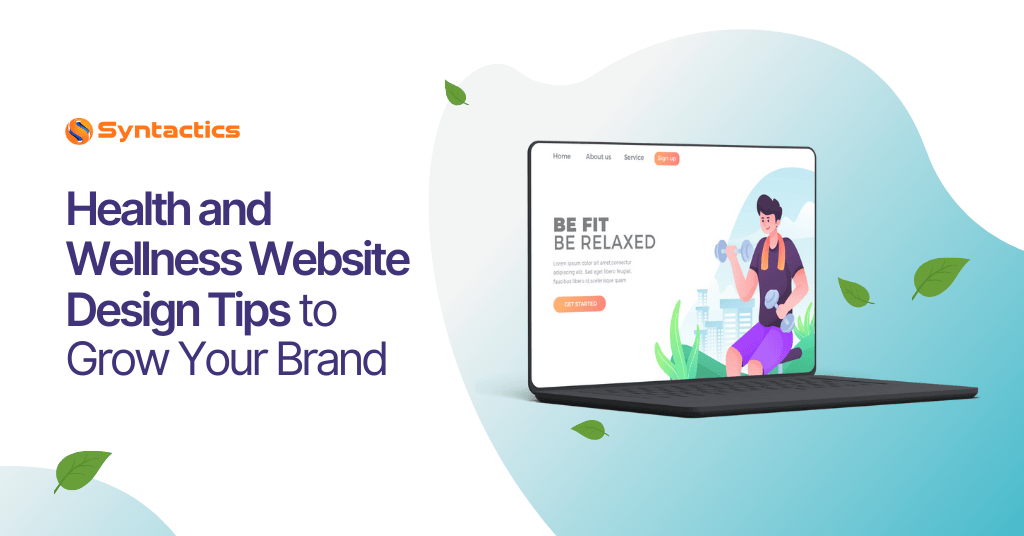
Health and Wellness Website Design Tips to Grow Your Brand
As global consumers increasingly prioritize general wellness, the demand for healthy habits also grows. To meet the needs of those looking for relevant products and services, a unique and well-designed health and wellness website can help establish a strong digital presence that attracts clients and builds brand trust.
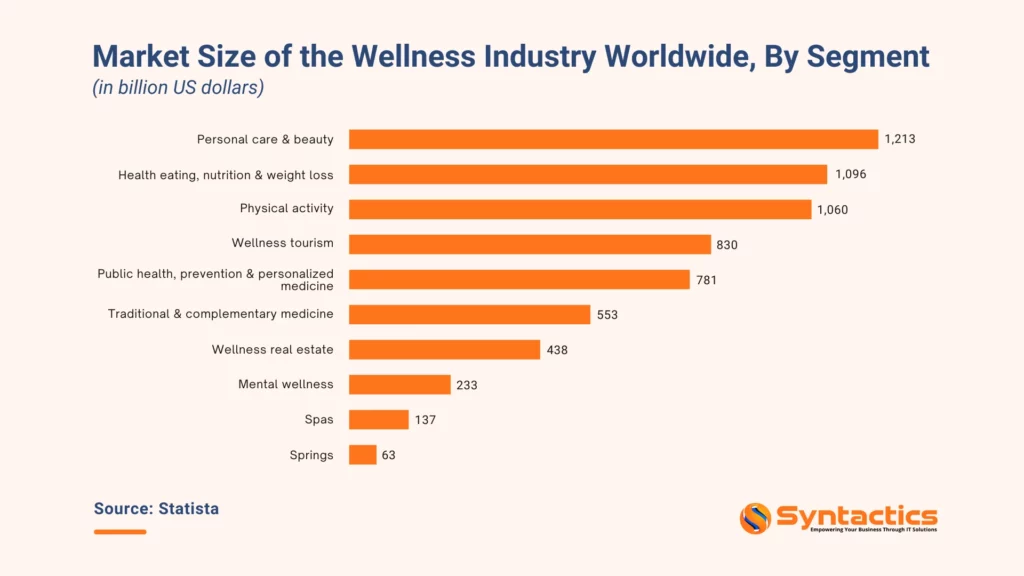
Source: Statista.
Growing Your Health and Wellness Brand Online
Today, the health and wellness industry is booming, with many individuals seeking information and services from specialists online.
This growing demand for better, healthier lifestyles highlights the need for health and wellness brands to have a dedicated site, which is a crucial foundation for building a strong online presence.
Both User Experience (UX) and aesthetics play critical roles in the success of a health and wellness site.
A seamless UX invites visitors to navigate a website, find information, and engage with products and services. When combined with visually appealing design, a site captures attention and creates emotional connections with users that keep them coming back for more.
Beyond health and sustainability, many businesses aim to foster inclusivity and trust by designing accessible websites.
General Design Principles for Health and Wellness Websites
Here are essential design principles for creating visually appealing, functional, and user-friendly sites in the health and wellness industry:
Focus on Clean and Simple Layouts
Clean, simple, and sustainable web designs are vital for health and wellness businesses. For instance, designers use white or neutral backgrounds for a fresh and uncluttered look, making it easier for visitors to focus on content.
Quality visuals like hero banners or images of organic products can effectively convey brand messages.
Minimalist borders and accent colors can add a touch of personality to a website without overwhelming users.
Organizing content into sections, such as fitness goals or types of workouts, helps users navigate directly to relevant information.
Keep Branding Consistent
Uniform branding signals professionalism, builds brand recognition, and fosters trust among users. This not only contributes to the user experience but even leads to increased customer engagement and loyalty.
Ensure User-Friendly Navigation
User-friendly navigation is a necessity across all industries, not just health and wellness.
With more than half of the global population accessing the Internet via mobile devices, it’s become necessary for websites to prioritize mobile users.
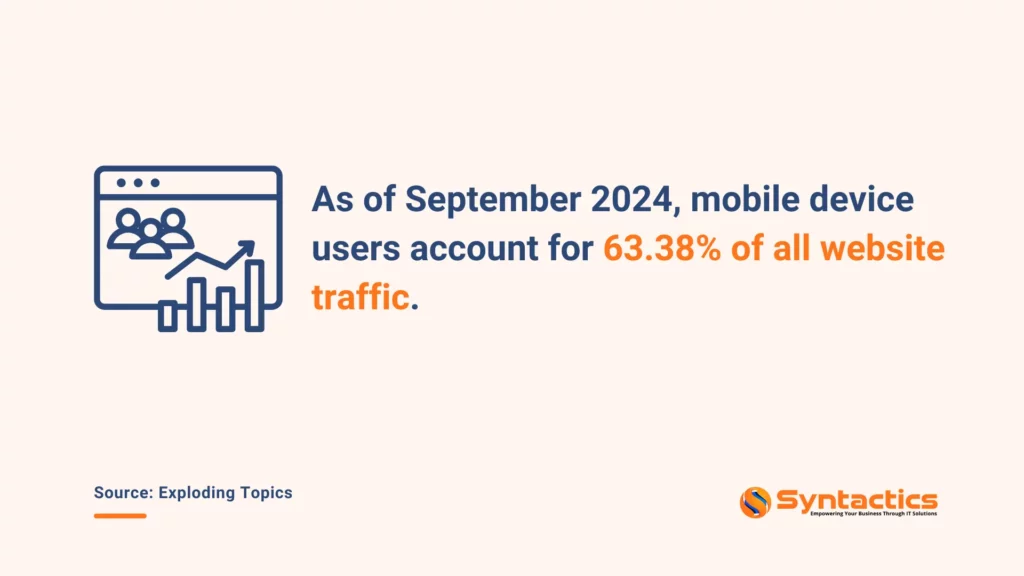
Source: Exploding Topics.
Intuitive menus and navigation paths enable visitors to find relevant information quickly, enhancing the user experience. Simplifying navigation by eliminating unnecessary elements Improves accessibility.
Website designers can create effective Calls-To-Action (CTAs) to guide visitors throughout their user journey and enhance interactions.
Incorporate Authentic Imagery
Health is personal, so using real photos of staff, facilities, and clients (with consent) can foster trust and build connections.
Authentic imagery creates a sense of community and encourages deeper engagement with the site.
Add Client Testimonials and Reviews
Positive feedback from satisfied customers acts as powerful social proof, enhancing brand credibility and prompting action.
For example, a medical institution can feature patient testimonials that highlight positive experiences and the quality of care they received in the past. This reassures potential patients about future procedures or consultations.
Display Certifications and Partnerships
Showcasing relevant certifications, awards, licenses, and partnerships also builds trust and credibility. Visitors will feel more comfortable seeking support or assistance from businesses that prominently showcase their credentials.
Displaying icons or logos of relevant certifications in the page footers can reinforce users’ perception of a brand’s expertise.
Specific Design Considerations by Industry
Here are some industry-specific design tips and ideas for health and wellness sites:
Agriculture
When designing a health and wellness site, developers can tastefully mix and match colors, fonts, and textures that align with the business’ brand and industry.
Websites for the agricultural industry often feature natural shades of green, partnered with structured fonts and subtle textures to emphasize freshness in farm-grown produce.
Alternatively, web designers may incorporate various shades of brown to create earthy tones that are often associated with cocoa.
When choosing the appropriate fonts, it’s best to refer to the original intentions and goals of setting up the website. Designers can tailor typography to appeal to certain demographics. For example, fun fonts are best for websites that target children and their parents.
A more light-hearted approach inclusive of bright colors and simple illustrations actively makes browsing more enjoyable for such visitors. Moreover, brands can use this opportunity to creatively teach young minds about essential vitamins and minerals.
Intuitive navigation and clear content organization ensure users can easily find farming products, services, or information.
Organic Products
Websites offering organic products benefit from earthy tones, such as greens and browns, to align with the idea of freshness and nature. Minimalist layouts convey eco-friendliness, while high-resolution images of products in natural settings enhance authenticity.
Storytelling design elements can showcase brand stories and commitment to organic practices, fostering a deeper connection with users who value sustainability.
Learn how Shopify enables developers and business owners to build sustainable online stores here:
Another way to reflect the business’ commitment to health and sustainability is by highlighting efforts such as eco-friendly packaging and fair trade practices. Designers can add badges or icons indicating organic certifications.
Essential eCommerce website features include:
- Easy navigation;
- Product filtering options;
- Product descriptions;
- Simplified checkout processes, and
- Clear CTAs.
Nutrition
Nutrition websites can select from an endless array of color choices. However, having a predominantly white background evokes a simple and clean image that helps visitors feel at ease.
High-quality images and easy-to-follow instructions encourage users to try the food for themselves! Also, like sprinkling some garnish, designers can add a few eye-catching touches to the site, ranging from minimalist borders to aesthetically pleasing accent colors.
Another way designers can help a nutrition website shine is by showcasing educational resources such as infographics, articles, and videos. These can provide both visual appeal and valuable information to visitors.
Lastly, designers can incorporate testimonials from past clients who successfully improved their health through nutritious diets to build credibility while motivating potential clients.
Physical Fitness
Physical fitness websites typically feature vibrant colors and dynamic visual designs to reflect an active lifestyle, which can motivate and inspire visitors. But, since it covers a broad range of subjects, it’s best to narrow down web design choices according to specific niches:
- Gym instructors and personal trainers use black-and-white images layered with textured backdrops to highlight intense workout sessions.
- Home workout bloggers opt for lifestyle images to build relatability and trust.
- For rapidly changing content like sports news, designers can divide the site into sections for live scores, match results, and upcoming schedules to keep users engaged.
Mental Health
For mental health websites, designers can use soft color palettes to create a welcoming atmosphere. Furthermore, they can utilize streamlined, minimalistic designs to prevent users from being overwhelmed while looking for support.
Web designers can organize layouts to ensure that resources like articles, videos, or helplines are easily accessible.
When creating a design for mental health sites, it’s vital to avoid portraying stereotypes, especially negative ones. Common and cliché imagery may backfire and discourage visitors from browsing any further.
Instead, the design can evoke positive emotions by featuring images of smiling faces front and center. Moreover, mental health sites can promote and highlight events and gatherings in local communities to foster a sense of belonging.
Psychotherapists, couples and family counselors, and social workers may also enumerate a list of causes, partners, and organizations they support. Doing so can reassure clients of the intentions to provide the assistance they require.
A mental health website can even feature video testimonies and success stories of past clients (with their permission) alongside the highlights of their reviews to further show authenticity and credibility.
Medical Institutions
Medical websites necessitate a clean, professional layout that clearly indicates trustworthiness. Skilled designers can align color schemes with healthcare standards to further enhance credibility.
Websites for hospitals, treatment centers, surgical centers, and other such institutions should be able to provide top-notch user experiences at all times. It’s critical to consider that site visitors may be rushing to get information at a moment’s notice.
Therefore, prioritizing user experience can help with information retrieval, especially during urgent scenarios.
Professional designers keep medical websites simple with accessible menus and other essential features. They can even gather and organize all contact information (especially for emergency rooms) and laboratory schedules in one place.
Additionally, many websites make it a point to dedicate a few web pages to showcasing medical professionals’ backgrounds. By providing users with enough guidance to help them identify which doctor to visit, it can build confidence in the institution.
Depending on the number of patients the site may cater to daily, it may be helpful to integrate booking forms for consultations and tests.
Build the Ideal Health and Wellness Site Today
Tailored web design enables health and wellness professionals to serve the general public while elevating their brand.
Whether it’s cooking tutorials or fitness memberships, do what you do best by partnering with a web design company in the Philippines!
This blog was updated on January 28, 2025.
Frequently Asked Questions About Health and Wellness Websites
What are the four types of wellness?
The four types of wellness are:
- Physical wellness — focuses on maintaining health through physical activity, a balanced diet, and a proper sleep schedule.
- Emotional or mental wellness — involves managing emotions effectively to maintain mental health. It involves practices like stress management and self-care.
- Social wellness — involves engaging with others through building healthy relationships, maintaining social networks, and participating in community activities.
- Spiritual wellness — focuses on finding a purpose in life via personal beliefs or connections to nature.
What is a health and fitness blog?
It’s an online platform for sharing information and resources related to the following:
- Physical health;
- Fitness routines or workout plans;
- Nutrition recipes or advice;
- Personal experiences;
- Motivational content;
- Promoting mental well-being, etc.
What is a healthy eating website?
A healthy eating site promotes nutritious meal choices and dietary habits for improved overall health. They typically contain recipes, nutritional information, meal plans, and educational resources, helping users make informed food choices.

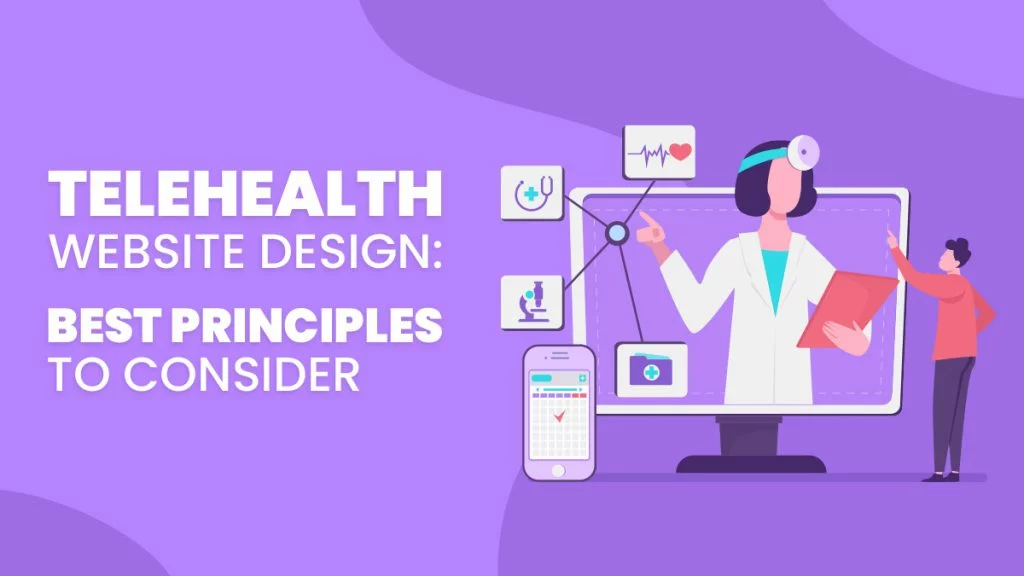








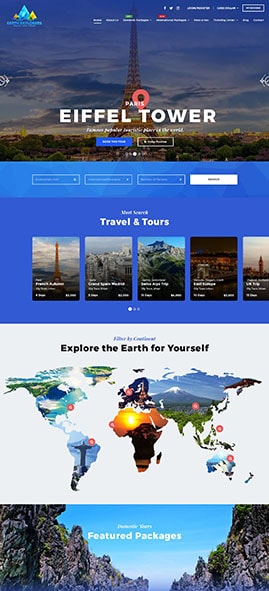
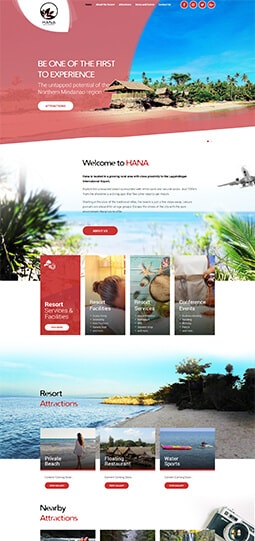

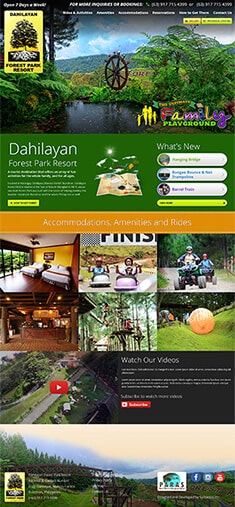
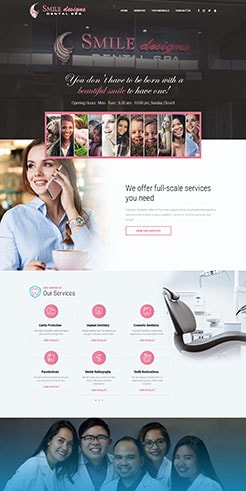
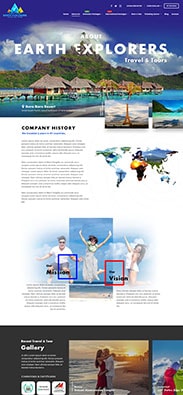

Comment 0